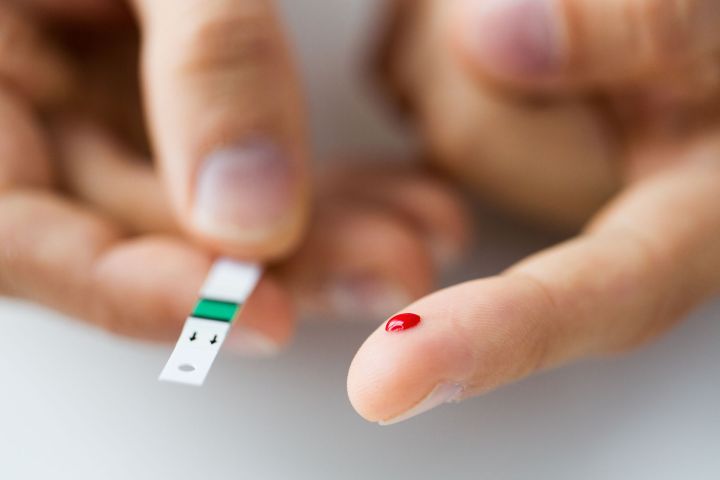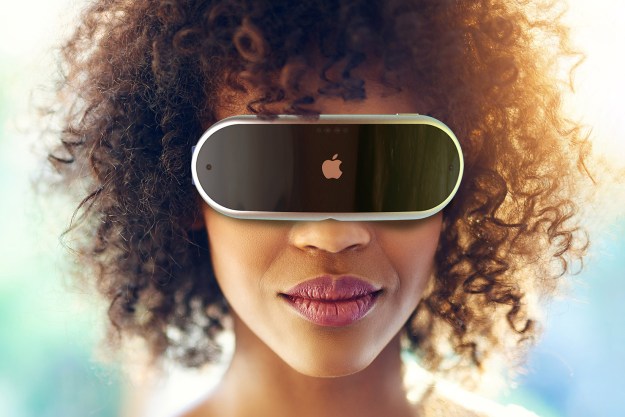
Aimed at diabetics who regularly have to go through the laborious and uncomfortable procedure of pricking their finger to test blood sugar levels — or have a glucose monitor embedded beneath the skin — a sensor that can perform the same function would be a significant step forward for the medical industry as well as hugely beneficial for diabetics themselves.
Such a device, which apparently involves the use of optical sensors with a light that shines through the skin to measure blood sugar levels, would act as a constant monitor and flag when levels drop too low, a situation that can turn extremely serious for a diabetic if not quickly addressed.
Small team
As of last year, Apple reportedly had around 30 individuals — including “a small team of biomedical engineers” — conducting the research at “a nondescript location in Palo Alto,” a few miles from the tech giant’s Cupertino, California headquarters, according to CNBC.
The research is reported to have started at least five years ago after the late Apple co-founder Steve Jobs expressed an interest in the idea.
If the report is accurate, Apple is making real progress toward its goal, with feasibility trials reportedly already taking place at clinical sites in and around San Francisco. Consultants have also been hired to examine regulatory issues related to the new technology.
Standalone device?
Apple CEO Tim Cook hinted in a 2015 interview that the company was working on some kind of new medical-related technology and since then Apple has posted several job ads for biomedical engineers and other similar positions. At the same time, Cook suggested that the new technology might not be incorporated into the Apple Watch because he didn’t want “to put the watch through the Food and Drug Administration (FDA) process,” suggesting any blood sugar monitor could land as a standalone device.
Other tech firms are known to have been carrying out similar research. Google, for example, said in 2014 that it was working on developing a smart contact lens capable of measuring blood sugar levels, and a year later it revealed it was also working with glucose monitoring company Dexcom to develop a wearable monitor.
To create this kind of technology is clearly a monumental challenge, but if Apple is already testing out its work, it may not be too long before the company reveals precisely what it’s been up to. Diabetics would certainly love to hear about it.
Editors' Recommendations
- Developers help older Macs do something Apple won’t allow
- Did Apple just forget about its brand-new Studio Display?
- Apple working on 20-inch foldable device, new report claims
- Apple reveals how much it paid to App Store developers in 2021
- Apple’s secret monitors leak, hint at a refreshed Mac Pro


